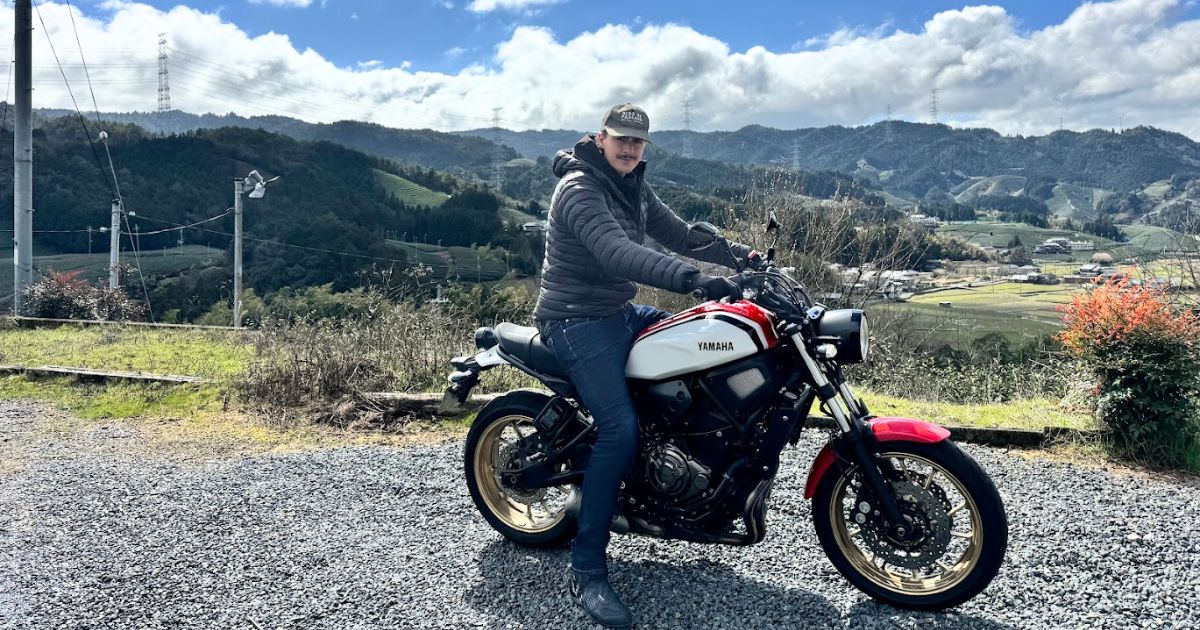
Classic Motorcycle Insurance: Protect Your Ride’s Legacy
left for contents
Remember the first time you kicked over the engine on a vintage CB750, the chrome blinking back your grin as the inline‑four barked to life? You felt like you were riding a piece of history because you were. Classic motorcycles carry memories along with horsepower — and yet many riders still insure them like a commuter bike. That’s a big mistake.
Most standard motorcycle policies undervalue vintage bikes, treating them like any other depreciated machine (trustedchoice.com). Insurers won’t automatically cover your custom parts unless you tell them what you’ve added (motorcyclesafetylawyers.com). You can pay less for classic bike insurance — but only if you play by their rules (americancollectors.com). These simple truths surprise many riders and are why classic motorcycle insurance exists.
In this guide, we’ll look at how classic motorcycle insurance differs from standard coverage. We’ll explore what qualifies as a classic, vintage, antique or custom bike, how mileage limits and garage requirements work, what “agreed value” means, and how to document modifications. Whether you own a restored Panhead, a café‑racer CB550, or you’re building a chopper from scratch, this article will help you protect your investment and memories.
Comparison Table — Standard vs. Classic Motorcycle Insurance
The table below summarizes how standard motorcycle insurance and classic motorcycle insurance differ. Keep these differences in mind as you read the rest of the guide.
| Feature | Standard Motorcycle Policy | Classic Motorcycle Policy | Best For |
|---|---|---|---|
| Valuation | Actual Cash Value (depreciated; payout based on market value at time of loss) | Agreed or Stated Value (payout amount agreed upfront by insurer and owner) | Restored or collectible bikes where depreciation undervalues the machine |
| Mileage | Unlimited annual use | Limited annual mileage (commonly 2,500–7,500 miles; occasional pleasure rides | Garage‑kept bikes used for shows, tours and weekend rides |
| Usage | Everyday riding, commuting, errands | Occasional riding, club events, shows and weekend trips | Owners with multiple bikes and a primary daily driver |
| Storage | Optional, but discounts if garaged | Usually required — fully enclosed, locked garage or storage facility | Vintage collectors protecting rare machines |
| Custom Parts | Limited accessory coverage; aftermarket parts often capped or excluded unless declared | Expanded accessory and spare‑parts coverage; optional endorsement for restorations | Custom builders and restorers with significant modifications |
| Cost Factors | Driven by engine size, rider age, traffic record and region | Lower premiums due to limited use and secure storage, but requires meeting strict eligibility criteria | Riders willing to comply with mileage, storage and driver requirements |
| Qualifying Age | Any age bike | Typically 20 + years for “classic,” 25 + years for “vintage,” and 35 + years for “antique” | Collectors of older machines or limited‑edition models |
What Qualifies as a Classic or Vintage Motorcycle?
Insurers categorize older bikes differently, and the definitions vary by state and company. Generally:
- Classic motorcycles are around 20 years old or more (actioninsurancegroupwa.com; oliverinsurance.net). They may have a strong fan base or historical significance. Some providers, like American Collectors Insurance, consider bikes 20 years and older when assessing eligibility.
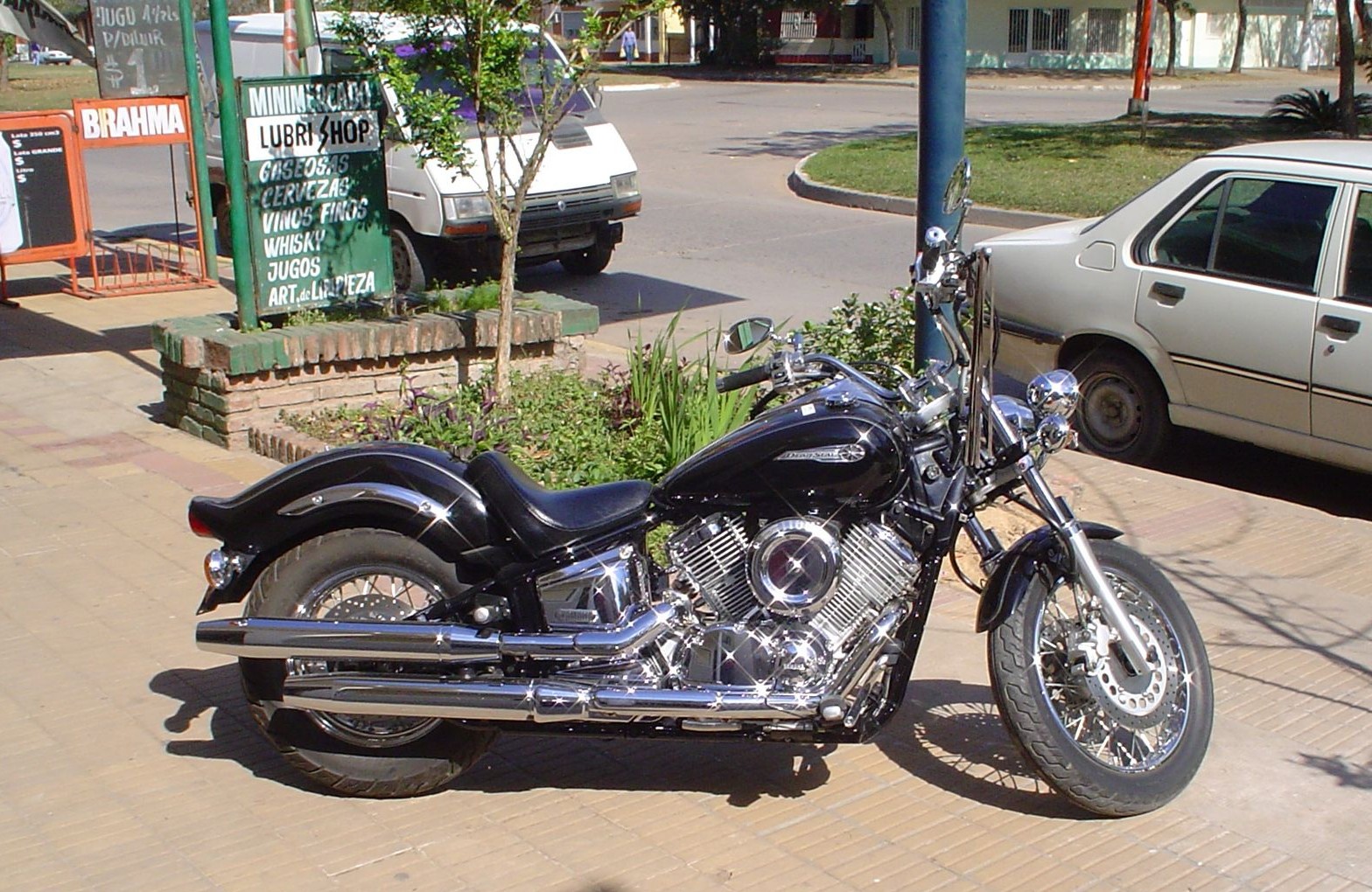
- Vintage motorcycles are usually 25 years or older. They often include machines from a specific era, such as 1970s café racers or 1980s superbikes. These bikes may have unique design elements or rare parts.
- Antique motorcycles are 35 years old or more. Think pre‑1970 Harleys, Panheads and Indians. Their value often comes from rarity and historical importance.
- Custom motorcycles refer to bikes that have been significantly modified — irrespective of age (trustedchoice.com). A brand‑new Harley stripped down and rebuilt with aftermarket parts is considered custom. Because a custom build doesn’t fit standard categories, insurers often require a stated or agreed value to reflect unique parts and labor.
Insurance companies may use slightly different age brackets for licensing. For instance, an Oregon insurer issues vintage plates for bikes built before 1962 (half the number of years between the current year and 1900). Always check with your insurer or state DMV.
How Classic Motorcycle Insurance Works
Eligibility and Requirements
Classic motorcycle insurance is designed for enthusiasts who treat their machines as collectibles rather than daily transportation. To qualify, insurers often require:
- Ownership of a primary “daily driver.” Every licensed driver in the household must have a separate, regular‑use vehicle. Your classic bike cannot be your primary mode of transport.
- Minimum age and condition requirements. Many insurers require bikes to be 20 + years old and in well‑preserved or properly restored condition. Restorations must retain structural integrity.
- Secure, enclosed storage. The bike must be kept in a locked garage or similar facility when not in use. This reduces theft and weather damage.
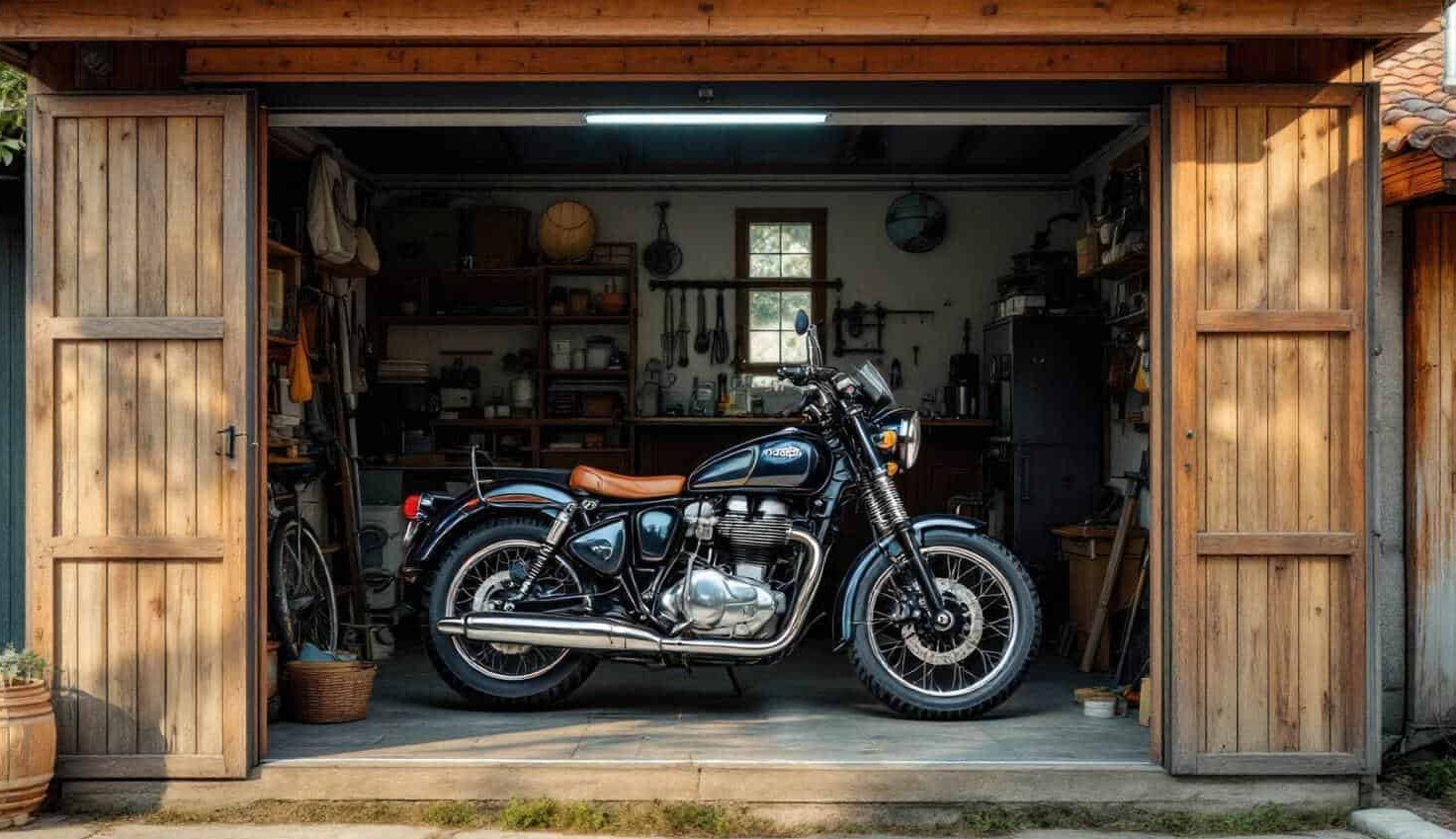
- Limited mileage. Policies set mileage caps, commonly 2,500, 5,000 or 7,500 miles per year. Some insurers offer flexibility (e.g., a “Freedom Tier” that allows 7,500 miles plus occasional general use).
- Driving history. Insurers may require 10 years of driving experience and limit moving violations. Riders with multiple recent violations may be excluded.
- Proof of value. You and the insurer must agree on the bike’s value (via an appraisal, receipts or market analysis) before binding coverage.
Coverage Highlights
Classic motorcycle policies are tailored to protect the bike’s collector value and unique components. Key features include:
- Agreed value payout. Unlike standard policies that pay out actual cash value after depreciation, classic policies pay the agreed value in a total loss. This ensures you’re compensated for the full appraised value, including restoration costs.
- No depreciation on custom parts. Many policies cover accessories and custom parts up to the agreed value. Some include spare‑parts coverage (e.g., $500 for spare parts) at no extra cost.
- Multiple mileage tiers. Choose a mileage plan that suits your riding habits — 2,500, 5,000 or 7,500 miles. Higher tiers cost more but allow more riding.
- Flexible usage (pleasure‑only). Policies allow leisure rides, club events, tours and exhibitions but exclude commuting or everyday errands.
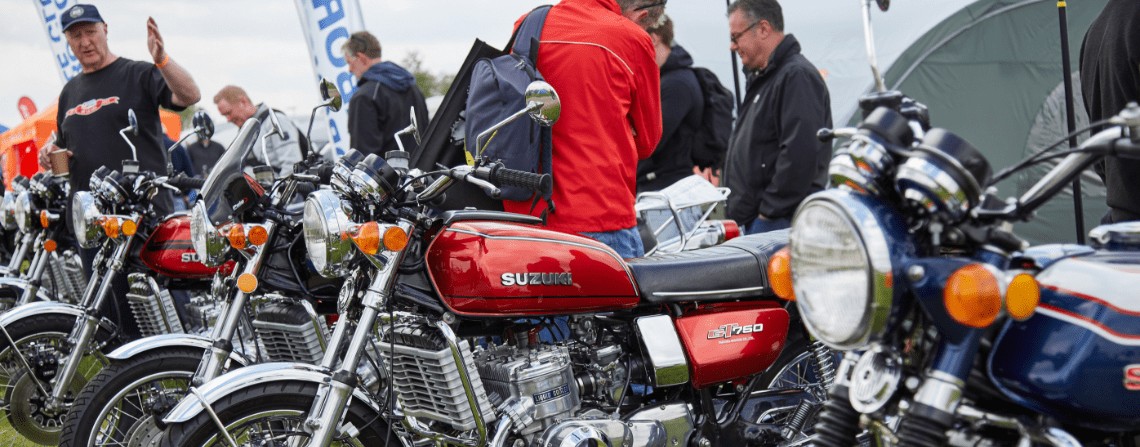
- Restoration coverage. Some insurers cover bikes under restoration, protecting parts and labor until the project is finished.
- Towing and roadside assistance. Classic policies may include roadside assistance tailored to collector bikes. Find out how breakdown cover works for every type of bike in Motorcycle Breakdown Insurance: Keep Your Ride Moving On.
- Inflation guard. To account for appreciating values, some policies automatically increase the insured amount up to 6 % per year.
Why Insurers Offer Lower Premiums
Many riders assume that insuring a classic motorcycle will be expensive. In reality, premiums can be 25 – 50 % lower than regular full‑coverage policies because collectors ride less and store their bikes securely. Insurers view limited mileage and garage storage as lower risk. However, these savings come with restrictions: you must adhere to mileage caps, maintain proper storage, and own a primary vehicle.
💡 Want to know how mileage affects your premiums on modern bikes too? Check out Motorbike Multi Bike Insurance: Why Pay-Per-Mile Wins.
Agreed Value vs. Actual Cash Value
A major distinction between standard and classic policies lies in how the bike’s value is determined:
Actual Cash Value (ACV)
Standard motorcycle insurance pays out actual cash value, which is the bike’s original price minus depreciation. If your machine is totaled, the insurer consults market guides (like Kelley Blue Book) to determine its worth. For older bikes, this often results in a low payout because depreciation doesn’t reflect collector demand.
Agreed Value
Classic policies use an agreed value or stated value. You and the insurer agree on the motorcycle’s worth upfront — based on appraisals, restoration receipts and market analysis. If the bike is stolen or totaled, you receive the agreed amount (minus any deductible) without depreciation. Some policies even add inflation guard to increase the value annually.
Which should you choose? For most collectors and restorers, an agreed value policy offers peace of mind. It ensures that rare parts, custom labor and sentimental value are financially protected. Actual cash value is only suitable if the bike’s market price hasn’t appreciated or if you’re looking for minimum, liability‑only coverage.
Insuring a Custom Motorcycle
Custom or modified bikes occupy a special category because they don’t fit neatly into classic or standard definitions. Whether you’ve built a chopper from scratch, added performance upgrades to a Ducati, or created a café racer with aftermarket parts, you need to ensure your modifications are covered.
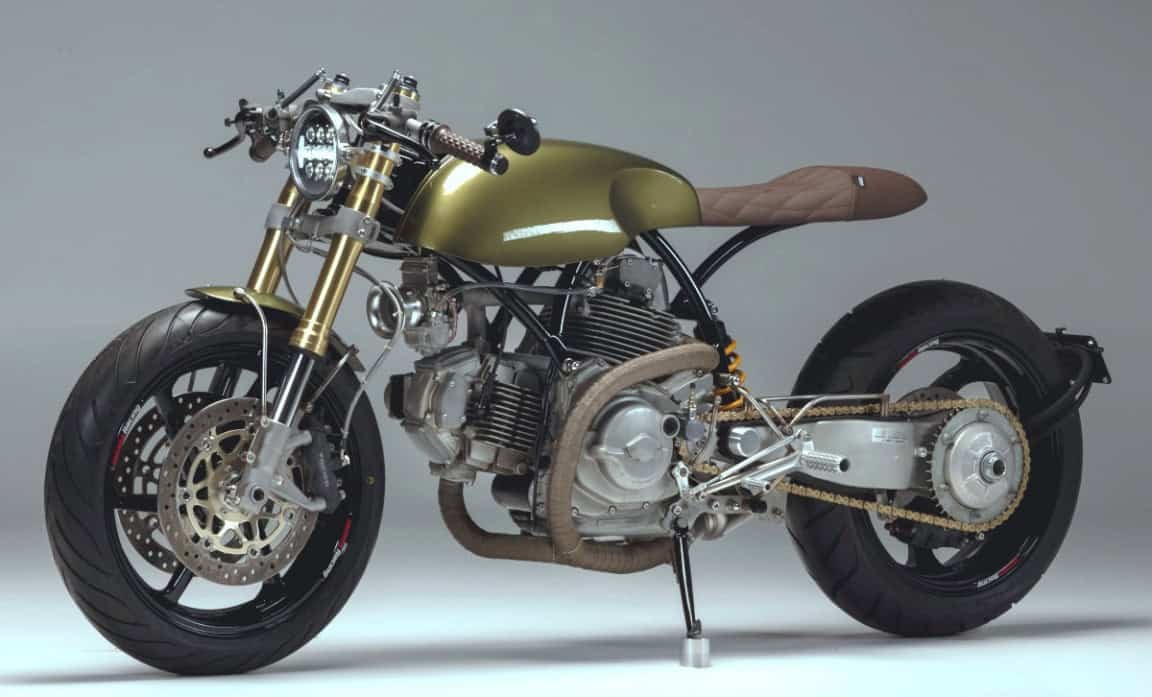
Document Every Modification
Standard motorcycle policies often cap coverage for accessories and custom parts. The default amount might only cover a few thousand dollars of equipment and may exclude items unless you notify the insurer. To protect your investment:
- Identify stock vs. aftermarket components. Compare your bike to the manufacturer’s original specifications to determine which parts are truly custom.
- Keep receipts and photos. Save invoices for aftermarket parts, paintwork, chrome, engine work, wheels, saddlebags, lighting and riding gear. This documentation supports your valuation.
- Assign a value to each accessory. Determine the cost of every modification, factoring in depreciation if needed. The total will inform your insurance limits.
Stated Value Coverage
Many insurers offer stated value policies for custom bikes. This is similar to agreed value but usually includes a clause that allows the insurer to pay the lesser of the stated amount or actual cash value. It’s designed for bikes with modifications that may not retain value like a collector bike does. If your build has unique parts or performance upgrades, discuss whether an agreed value or stated value policy is better — and make sure the stated amount reflects the total cost of your modifications.
Impact on Premiums
Custom parts can increase your premium because they raise the bike’s replacement cost. Insurers may charge more for performance mods (e.g., engine swaps, turbos) compared with cosmetic upgrades (paint, chrome). Keep your insurer informed; unreported mods can void coverage if you file a claim.
Typical Cost of Classic Motorcycle Insurance
Premiums for classic or vintage motorcycle insurance vary widely based on the bike’s value, mileage plan and where you live. However, several general factors influence cost:
- Value of the motorcycle. A restored Vincent Black Shadow worth $100,000 will cost more to insure than a $5,000 vintage Honda. Higher agreed values result in higher premiums.
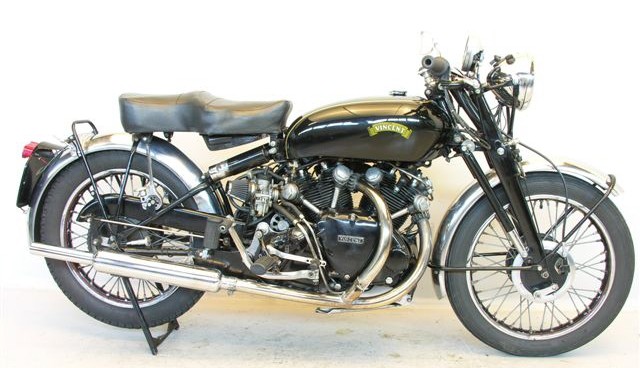
- Mileage allowance. Lower mileage tiers (2,500 miles) cost less than higher tiers (7,500 miles).
- Garage storage. Keeping the bike in a locked, enclosed garage is mandatory and often reduces the rate.
- Driving record and age. Riders with longer driving histories and clean records often pay less. Some insurers require at least ten years of driving experience.
- Location. Rates are typically higher in urban areas or states with more theft and accident claims.
- Bundling discounts. Many companies offer multi‑policy discounts if you bundle your classic motorcycle with your auto or home insurance.
While there isn’t a universal percentage, collectors often see 25 – 50 % lower premiums compared with equivalent coverage on a new bike. An independent agent can help you compare quotes and find the best balance of cost and coverage.
💰 For numbers and comparison data, see our breakdown in How Much Is Motorcycle Insurance? Real Costs & Tips.
What Classic Insurance Covers (and What It Doesn’t)
Classic motorcycle policies typically include the same core protections as standard motorcycle insurance — with adjustments to reflect the bike’s collectible nature.
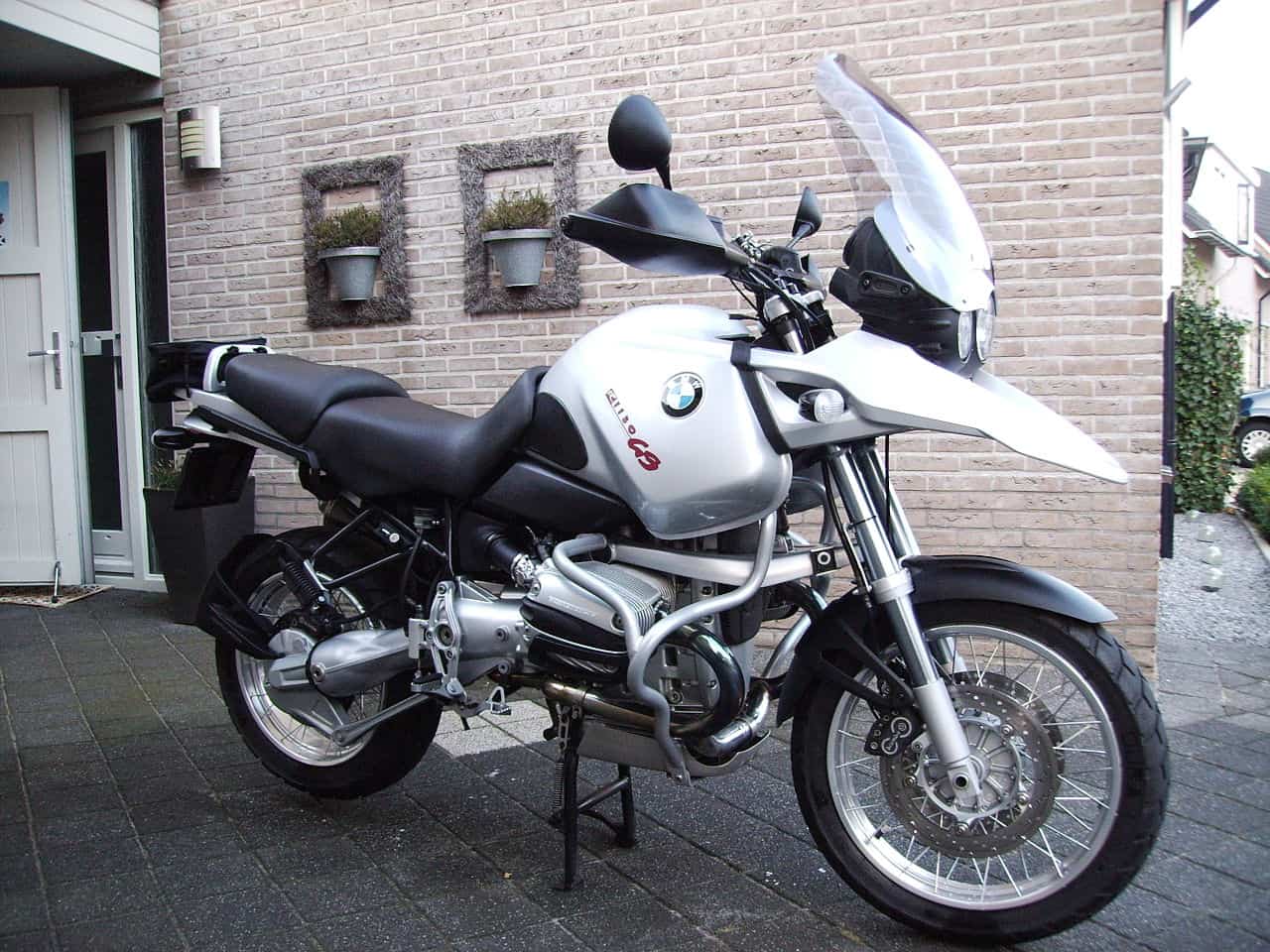
Covered by Classic Policies
- Collision coverage. Repairs or replacement when your bike is damaged in an accident, regardless of fault.
- Comprehensive coverage. Damage or loss due to events like theft, vandalism, fire, hail, or falling objects.
- Liability coverage. Pays for injuries and property damage you cause to others. This is required in every state for any motorcycle on public roads.
- Medical payments or personal injury protection. Covers your medical bills and those of your passenger after an accident.
- Custom parts and equipment coverage. Covers accessories like radios, sidecars, paintwork and riding gear. Some policies include a modest amount of spare‑parts coverage by default.
- Roadside assistance and towing. Many classic policies include specialized roadside help, often under a program like ACI’s C.A.R.E. plan.
- Transport and show coverage. Insurance while trailering the bike to shows or events (pandorainsurance.com).
- Restoration coverage. Protection during restoration so that parts and labor are insured.
What’s Not Covered or Restricted
- Racing or timed events. Classic policies exclude participation in competitions or track days.
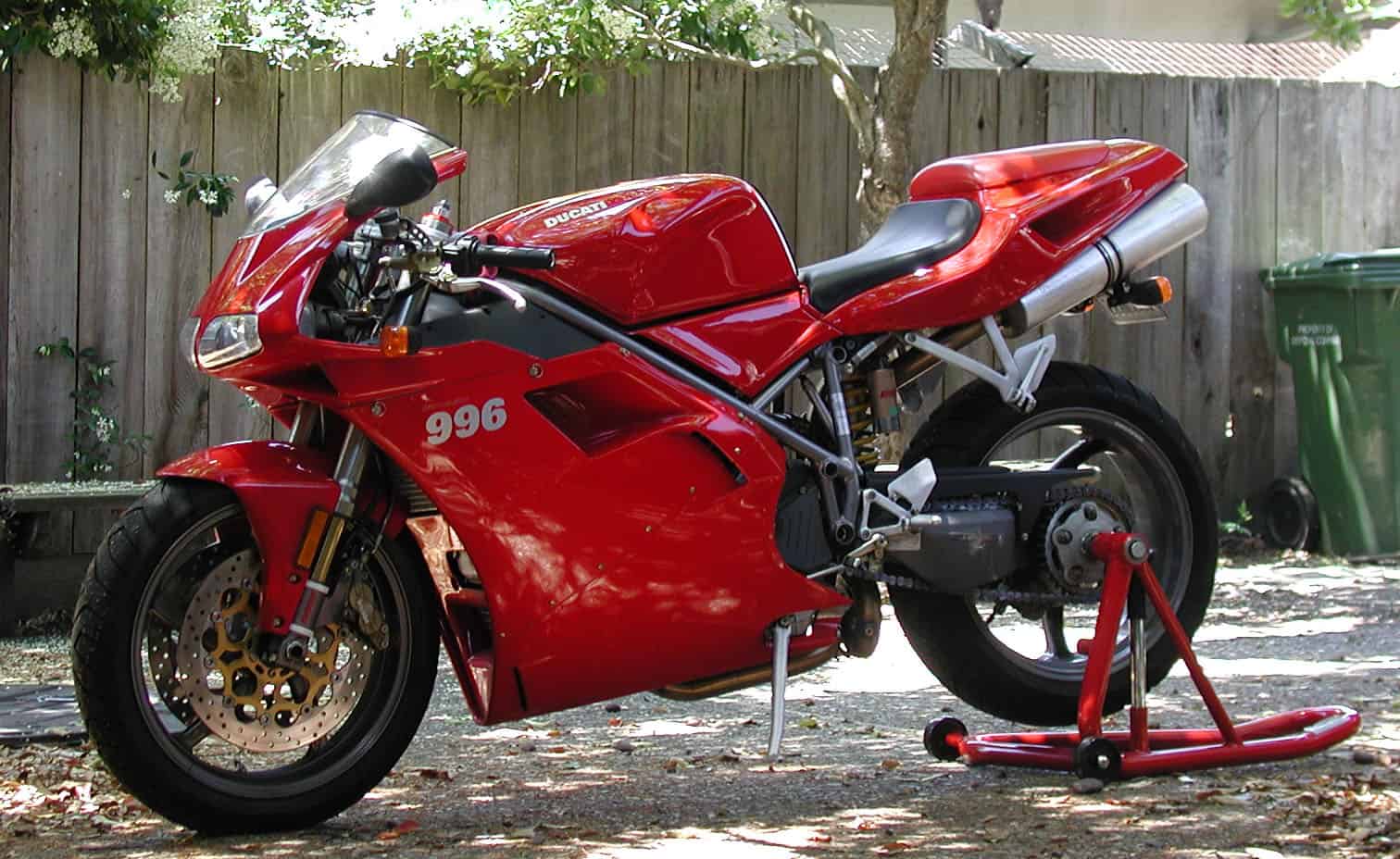
- Daily commuting or general transportation. Using the bike for errands, commuting or as a backup vehicle is prohibited. Mileage beyond your plan could void coverage.
- Improper storage. Storing the bike outdoors or in an unsecured shed can nullify a claim.
- Undeclared modifications. Custom parts not disclosed or valued may not be covered.
Always read your policy’s exclusions and ask your agent about limitations specific to your state.
Tips for Getting the Best Classic Motorcycle Insurance Rate
- Document everything. Provide a detailed appraisal with photos, receipts and maintenance records. This supports your agreed value and helps avoid disputes with the insurer.
- Keep restoration records. Save invoices for parts and labor. Insurers like American Collectors Insurance may require proof that restorations retain structural integrity.
- Bundle policies. Ask your current auto or home insurer whether they offer classic motorcycle coverage or discounts for multiple policies.
- Join a club or take a safety course. Membership in recognized motorcycle clubs and completion of safety courses can earn discounts.
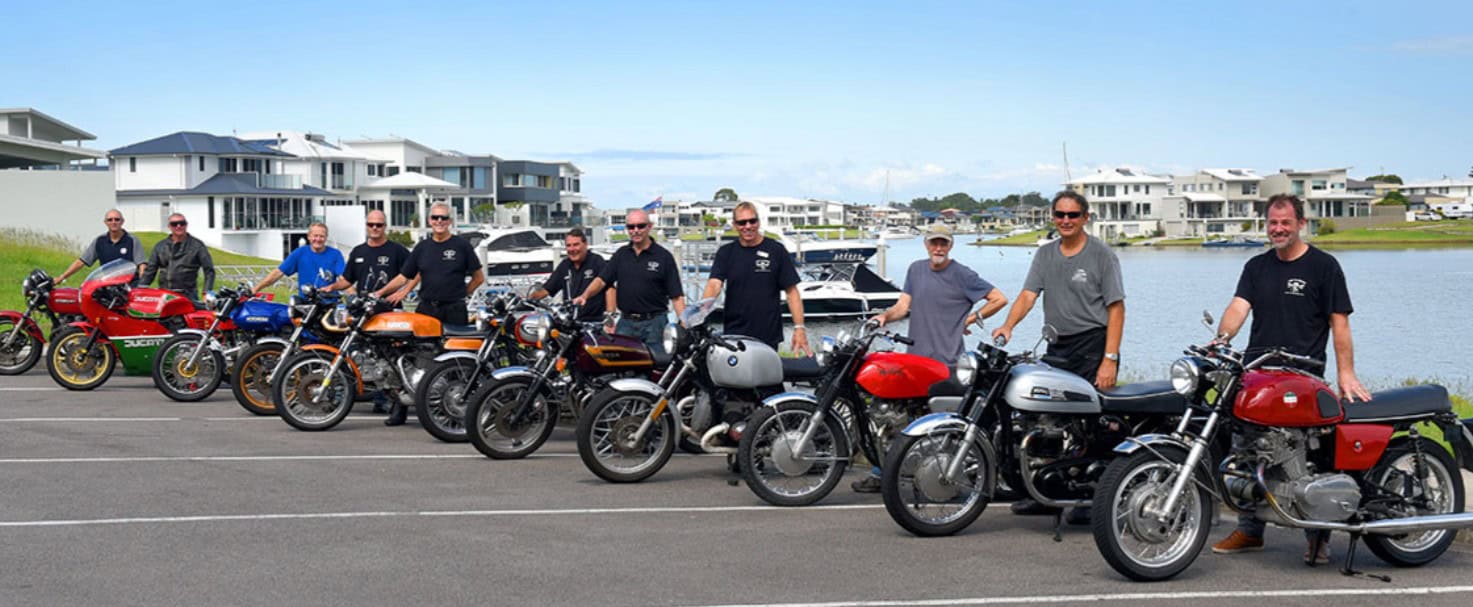
- Install anti‑theft devices. GPS trackers, alarms and wheel locks reduce the risk of theft and may lower rates.
- Maintain a clean driving record. Avoid traffic violations; some insurers require no more than one recent moving violation.
- Compare quotes. Specialty insurers like Hagerty, American Collectors, Markel and Progressive offer tailored classic motorcycle policies. Compare agreed value limits, mileage tiers, and endorsements — not just price.
Buying Guide — Choosing the Right Policy
Whether you’re a collector with a dozen bikes, a casual rider who takes the old Triumph out on Sundays, or a builder working on a custom chopper, your insurance needs will differ. For flexible short-term coverage between projects, check out Temporary Motorcycle Insurance for Short-Term Riders.
Use this guide to narrow your options.
For Collectors and Investors
- Prioritize agreed value coverage. Choose a policy that pays the full agreed amount in case of total loss.
- Opt for higher mileage plans if you tour or attend multiple shows. A 5,000‑ or 7,500‑mile tier prevents unexpected surcharges.
- Ensure restoration coverage and spare‑parts protection. Collectors often maintain multiple projects; coverage during restoration and for spare parts is essential.
- Verify inflation protection. Look for policies with inflation guard or automatic value increases.
For Casual Riders and Hobbyists
- Consider lower mileage tiers. If you ride a vintage bike only on weekends, a 2,500‑mile plan may offer significant savings.
- Bundle with your existing insurer. Major insurers like Progressive and State Farm offer classic endorsements; bundling could be cheaper and more convenient.
- Ask about towing and trip interruption coverage. Even short rides can end in a breakdown; policies with roadside assistance and tow reimbursement are valuable.
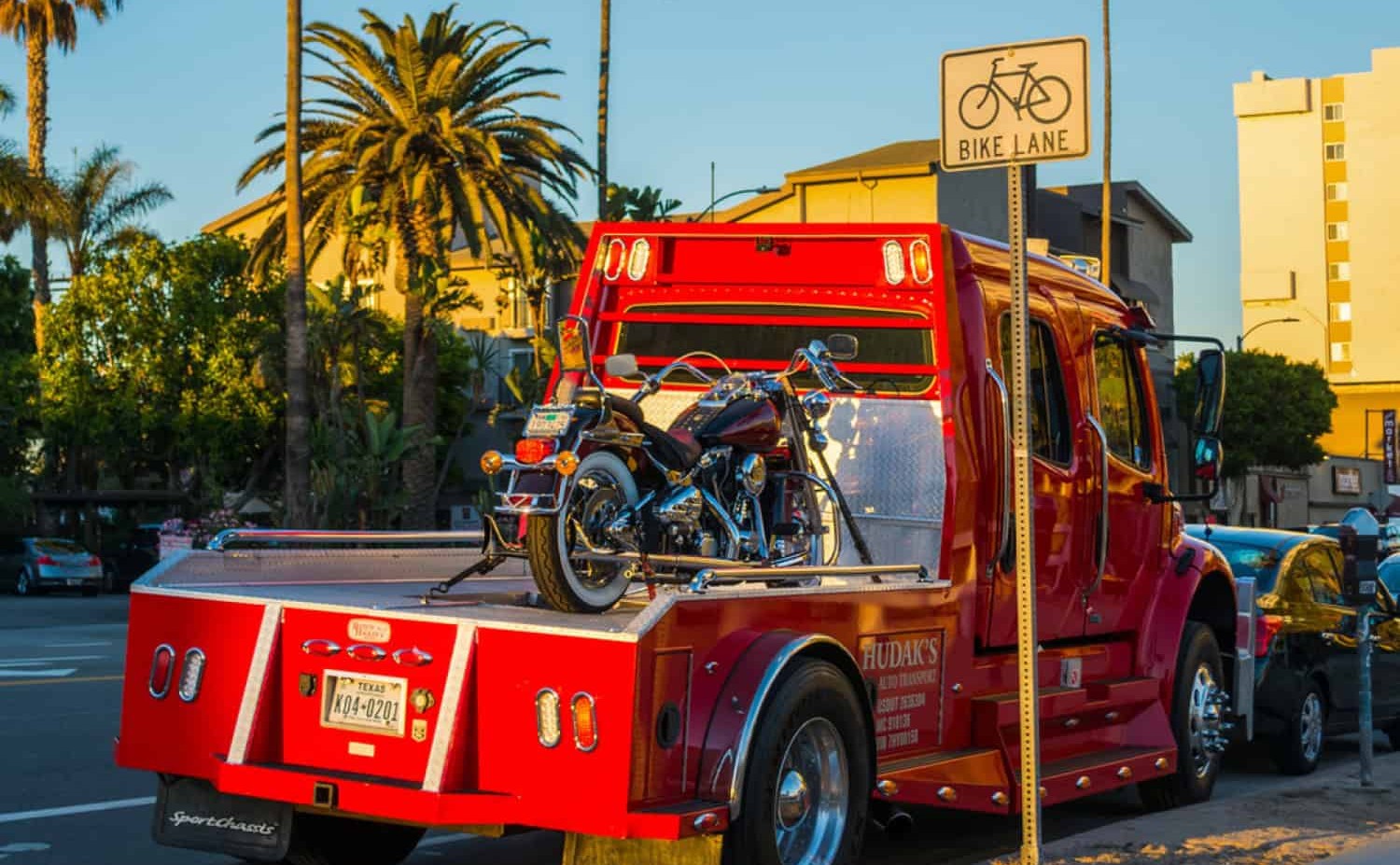
- Make sure your storage meets requirements. A locked garage or storage unit is mandatory. If you live in an apartment, confirm whether a shared garage counts.
For Builders and Customizers
- Keep meticulous records of modifications. Photograph your build process, save receipts and maintain a parts list. This helps insurers determine the bike’s value.
- Choose a stated or agreed value policy. Decide whether you want the insurer to pay a pre‑determined amount or the lesser of that amount and actual cash value. Agreed value is usually best for highly customized bikes.
- Understand policy limits on performance mods. Some insurers exclude or charge extra for engine swaps, superchargers and other high‑performance parts.
- Review accessory coverage. Ensure your policy covers paintwork, chrome, custom seats and riding gear. If your modifications exceed a set percentage of the bike’s value, extra coverage may be required.
Questions to Ask When Shopping for Classic Motorcycle Insurance
- What’s the mileage limit, and can it be increased? Make sure the policy’s mileage tier matches how often you ride.
- Is the policy agreed value or stated value? Confirm how payouts are calculated and what documentation is required.
- How are modifications and accessories covered? Ask about caps on custom parts and whether spare‑parts coverage is included.
- Are there restrictions on how I use the bike? Understand whether commuting or occasional errands are allowed.
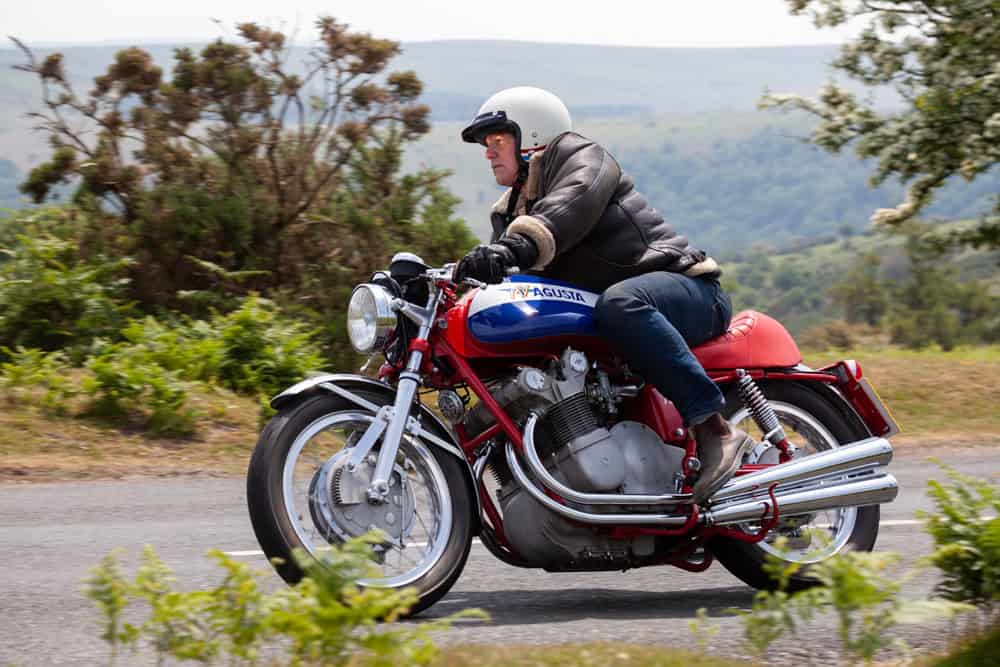
- Do I need another vehicle? Verify if each household driver must have a daily driver.
- What storage requirements apply? Ask whether a locked garage is mandatory and whether outdoor storage is ever acceptable.
- Is roadside assistance included? Check for towing, battery jump‑start and flat‑tire coverage.
Final Thoughts
Classic, vintage and custom motorcycles are more than machines; they’re rolling stories. You didn’t restore that ’72 CB750 or build a bobber from scratch just to have it undervalued by a generic insurance policy.
Classic motorcycle insurance respects the craftsmanship, nostalgia and financial investment that go into these bikes. It rewards careful owners with lower premiums while ensuring that, should the unthinkable happen, you’ll have the resources to rebuild or replace your pride and joy.
Ride with confidence, knowing that the policy in your back pocket understands the difference between a daily commuter and a piece of living history. Protect your vintage or custom motorcycle like you protect the stories you share about it — with care, respect and the right coverage.
Related
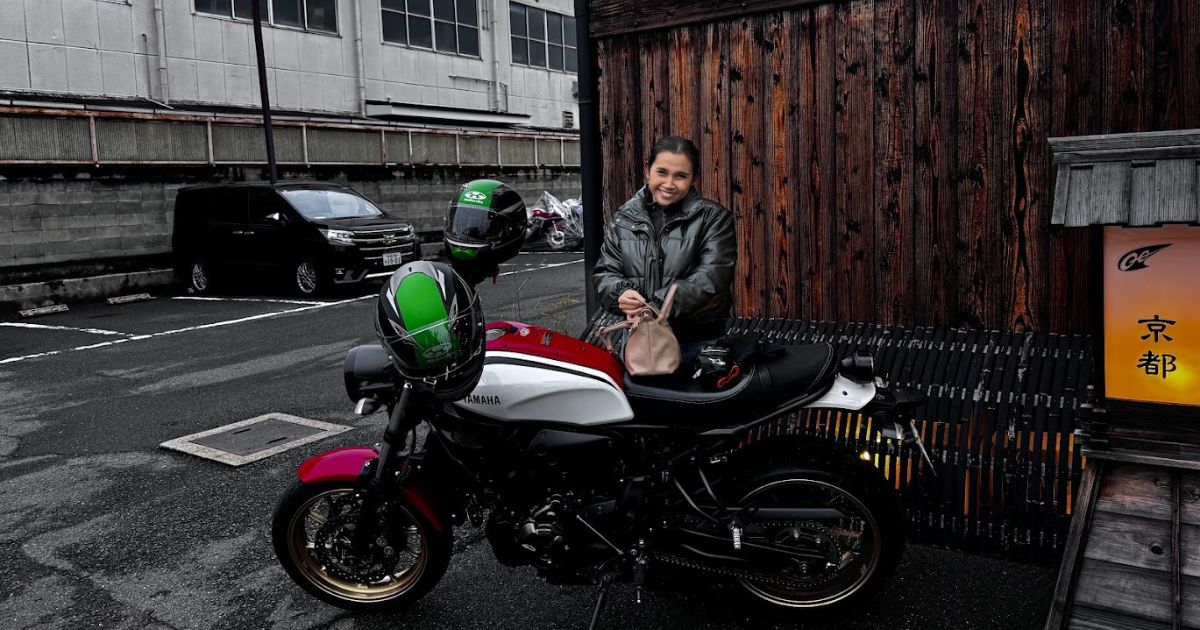
How to Get Motorcycle Insurance Step by Step
Learn how to get motorcycle insurance fast with this step-by-step guide for new riders—understand coverage, compare options, and ride protected.


